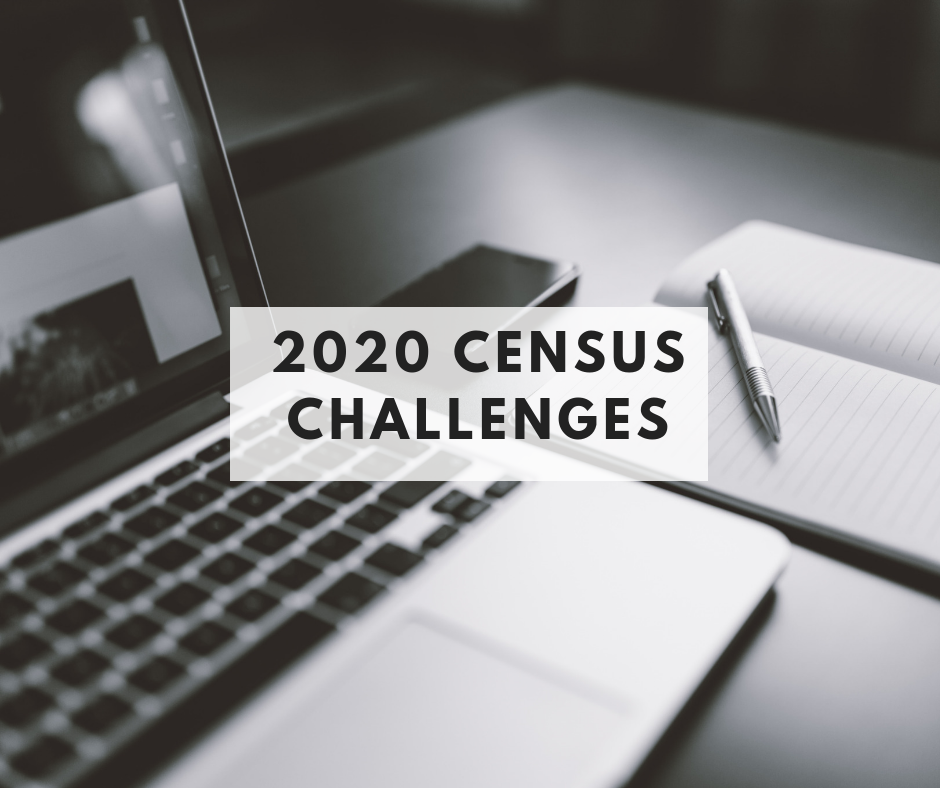One of the reasons I’m interested in crafting service-learning initiatives around the 2020 US Census is the long roster of implementation challenges associated with this important process. We designers love finding challenges, problems, and opportunities that educational interventions can help to support – and this one is a whopper!
The US Census Bureau’s operational plan outlines these challenges that I have copied/pasted below. Note how many of these factors affect adults struggling with basic literacy, as well as issues surrounding digital literacy/inclusion.
- Constrained fiscal environment: Budget deficits place significant pressure on funding available for the research, testing, design, and development work required for successful innovation.
- Rapidly changing use of technology: Stakeholders expect the decennial census to use technology innovation, yet the rapid pace of change makes it challenging to plan for and adequately test the use of these technologies before they become obsolete
- Information explosion: Rapid changes in information technology create stakeholder expectations for how the Census Bureau interacts with the public to collect data and disseminate data products.
- Distrust in government: The public’s concerns about information security and privacy, the confidentiality of information given to the government, and how government programs use the information they collect continue to grow. This impacts response rates and could make it more difficult for government agencies to collect important demographic survey information.
- Declining response rates: Response rates for Census Bureau surveys, and for surveys and censuses in general, have declined as citizens are overloaded with requests for information and become increasingly concerned about sharing information.
- Increasingly diverse population: The demographic and cultural make-up of the United States continues to increase in complexity, including a growing number of households and individuals of Limited English Proficiency, who may experience language barriers to enumeration and who may have varying levels of comfort with government involvement.
- Informal, complex living arrangements: Households are becoming more diverse and dynamic, making it a challenge to associate an identified person with a single location. For example, blended families may include children who have two primary residences. Additionally, some households include multiple relationships and generations.
- A mobile population: The United States continues to be a highly mobile nation as about 14.3 percent of the population moves in a given year, based on results from the ACS conducted in 2017. Continued growth in the use of cellular telephone technology and an associated reduction in landline telephones tied to physical locations may also complicate enumeration.
- Several of the societal, demographic, and technological trends listed above can result in a population that is harder and more expensive to enumerate. As it becomes more challenging to locate individuals and solicit their participation through traditional methods, the Census Bureau must decade after decade spend more money simply to maintain the same level of accuracy as in previous censuses
